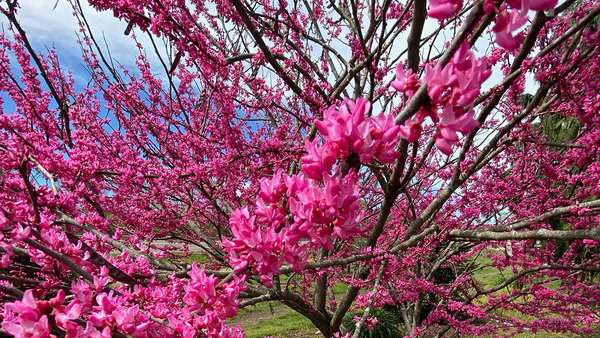
As hyped up as some people get in April about gardening in the South, you would think by late May you should have your gardening household in order. For those of us who work in the horticulture industry, April and early May slip by so quickly we hardly have time to worry about our own gardens. With a jam-packed spring schedule, it would be rare to see me plant much of a veggie garden until the latter half of May.
Even with June quickly approaching, you still have time to get edibles into the ground and reap a fruitful harvest. In fact, planting out a little bit later can even help with certain crops. So if you have been slow-playing spring, now is the time to get moving.
Warm Season Crops
Four of the most popular veggies to grow in home gardens in the United States are tomatoes, cucumbers, beans, and squash. All of these crops appreciate consistently warm weather, particularly warm soil temperatures. If you planted out any of these earlier in the season, now would be a good time to add a second round. Your second planting might just be going full steam as your first crop slows down. If this is round 1 of planting, I recommend buying small transplants in lieu of growing from seed when possible. One thing you could grow from seed now are Southern peas (also known as cowpeas or field peas). Southern peas require between 60 and 90 days to harvest and like full sun. They also can handle being in less-than-ideal garden soil. Other crops you can still seed are pumpkins, peanuts, and okra.

Still Time for Tomatoes
Tomatoes are by far the most planted backyard edible. As far as timing goes, tomatoes planted now can still yield a good crop. You can do a few things, however, to help get yourself closer to a tomato sandwich. First, choose wisely: when researching tomato varieties to plant late, look for heat-resistant cultivars with relatively short days to maturity and good disease resistance. Second, when shopping for transplants, pick young plants that have not outgrown their containers. Last, after planting, mulch around the plant, and find a way to protect young plants from scorching sun exposure for the first few days. A lawn chair works great! The one thing that can thwart tomatoes at this point is a string of 90°F days in a row. This can really hamper pollination of their flowers.
Filling Voids
In my garden, I am often more focused during the early part of the season on cleanup and ornamental plants. If this describes how you operate, perhaps look around and find a few holes in your garden that could be filled with edibles. Some of the best gardeners find ways to use traditional vegetable plants in beautiful ways. Now is a great time to take a quick evaluation of your garden and see if some of the remaining empty space could be filled with something edible.
Andy Pulte is a faculty member in the Plant Sciences department at the University of Tennessee.


















Comments
Log in or create an account to post a comment.
Sign up Log in